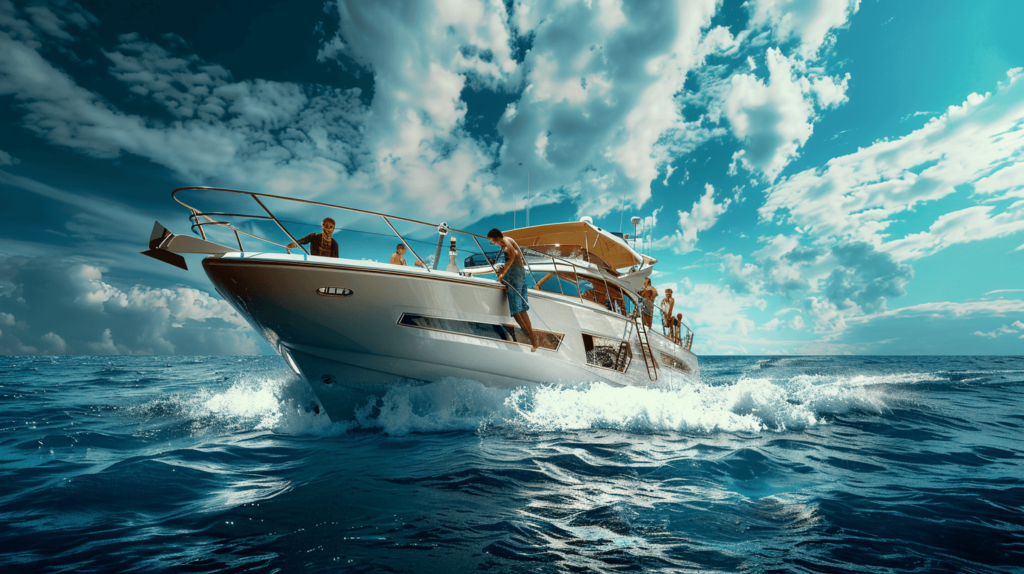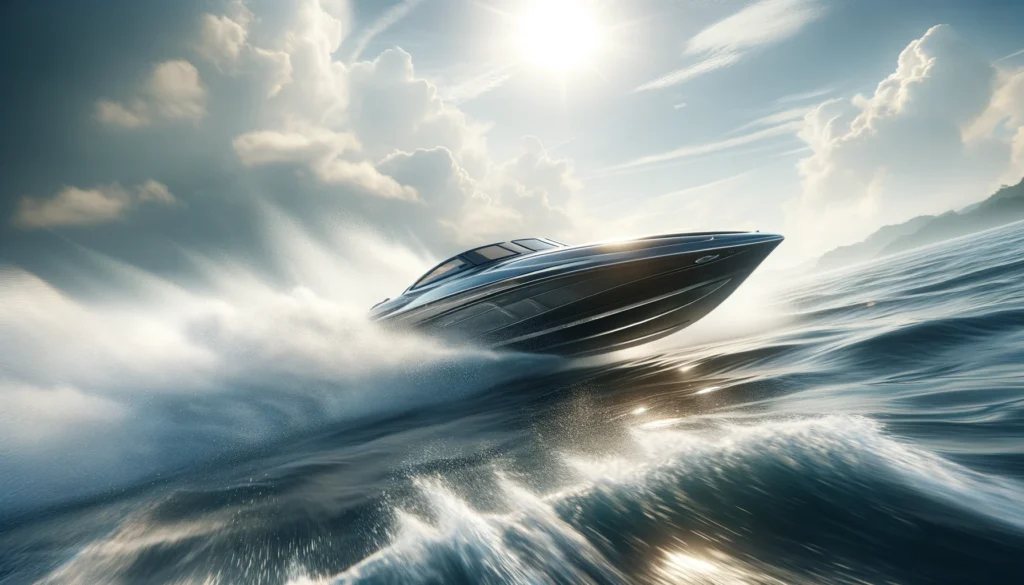Whether you’re new to boating or an experienced captain, embarking on an extended boating adventure requires thoughtful preparation. As you plan your dream sailing journey, you’ll need to consider a few key factors to ensure enjoyable cruising and successful navigation from point A to point B.
Choosing the Right Vessel
The first step when planning any boating expedition is deciding which type of boat best suits your needs. With so many different boat models available today – from motorboats and pontoon boats to sailboats and kayaks – selecting the ideal watercraft is an important decision that impacts crew capacity, living quarters, speed, and much more.
When evaluating different boat options, factor in these key criteria:
- Group size. How many passengers do you need to accommodate? Bigger boats like motor yachts and catamarans feature multiple cabins, expansive deck spaces and can carry more crew than a simple fishing skiff.
- Range and fuel capacity. For lengthy journeys, you’ll need a vessel with sufficient fuel storage and power to handle long distances. Outboard motors tend to have better fuel efficiency than inboard engines.
- Maneuverability and shallow water accessibility. Boats like flats skiffs and go-fast boats have specially designed hulls that plane easily across shallows, enabling you to access remote coves and rivers other boats can’t reach.
- Liveability and amenities. Do you plan to live aboard your boat for days or weeks at a time? Larger cruising sailboats, trawlers and other boat types designed for offshore use have full galleys, heads, showers, climate control systems and other home-like comforts.
With endless combinations of size, propulsion, bells and whistles available today, I recommend renting different boat styles first or going for a test sail to determine the best match. A boat that complements your voyage vision and seamlessly fits your group’s needs will transform any outing into smooth boating bliss.
Plotting Your Route
Once you select an ideal boat for your boating expedition, the real fun begins – deciding exactly where to explore! Charting a rewarding, scenic and safe course requires studying navigational charts, weather patterns and assessing your group’s experience level.
When plotting your nautical route, key steps include:
- Defining your destination and distance goals. Do you have a particular island, coastal village or off-the-grid anchorage in mind? Decide on a general endpoint and daily mileage targets that fit your timeline. More remote destinations often require lengthy passages out of sight of land.
- Identifying feasible stopping points. Depending on your boat’s range, you may need to incorporate fuel docks, marinas and protected anchorages for overnighting along the way. Use cruising guides and nautical charts to locate potential waypoints a day’s travel apart.
- Avoiding navigational hazards. Scan charts for shallow reefs, regulators and spatial restrictions that could damage your boat or prove dangerous for novice captains. Steer clear of extremely isolated areas unless you have ample experience and redundant navigation systems.
- Monitoring weather and sea state. Strong winds, storms, fog and blustery conditions impact all vessels. Subscribe to daily marine forecasts from sources like NOAA or Sailflow to stay apprised of changing weather that could alter your course.
An alternate benefit to extensive route planning? Discovering fascinating stops you may have otherwise overlooked. A meandering course peppered with exciting towns, national parks, historic sites and beaches keeps boredom at bay.
Provisioning for Self-Sufficiency
Stocking up on ample food, water and gear prevents hunger or scarcity from cutting your journey short. Use these tips when provisioning for a long voyage:
- Carry at least 1 gallon of drinking water per crew member per day. Bring durable jerry cans, or equip your vessel with a water maker, solar still or onboard desalinator.
- Pack non-perishable snacks and canned goods that won’t spoil without refrigeration. Staples like rice, pasta, oats, beans, nuts, jerky and crackers offer sustenance at sea.
- Get creative with fishing and foraging opportunities. Pack a collapsible crab trap, cast net, Hawaiian sling or fishing poles to harvest your next fresh meal.
- Research availability of marina grocery stores or markets along your route where you can occasionally re-stock perishables like eggs, dairy, bread and produce.
- Prepare for emergencies with a well-stocked first aid kit, flares, fire extinguisher, extra fuel cans and backup radio or satellite communication devices. Redundancies provide peace of mind when far from shore.
While the thrill of adventure attracts many to embark on extensive cruises, meticulous planning and preparation prevents hassles down the line. By selecting an optimal boat for your needs, charting a rewarding course and provisioning sufficiently, you’ll be ready to cast off on a trip of a lifetime! Bon voyage!



